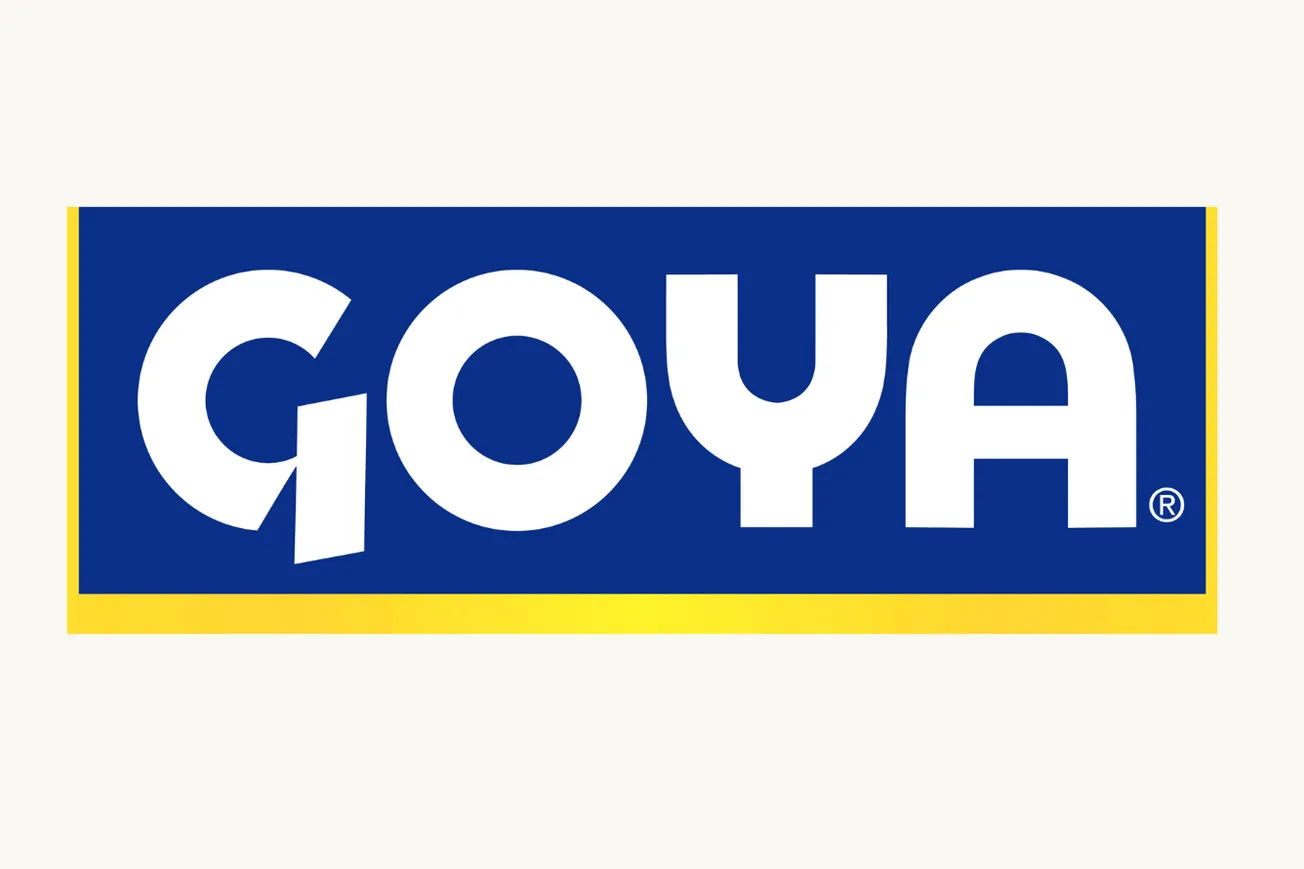BENTONVILLE, Ark. — Walmart reported on Thursday earnings and sales results for the second quarter that met or exceeded analysts’ expectations.
Walmart reported on Thursday earnings and sales results for the second quarter that met or exceeded analysts’ expectations.
However, management reduced its full-year profit forecast once again, citing incremental investments in its e-commerce operation and higher-than-expected health care costs.
Net income from continuing operations fell 3.4% to $3.92 billion, while earnings per share from continuing operations dipped 1.6% to $1.21, just meeting the average estimate of analysts polled by FactSet.
Consolidated net sales for the quarter rose 2.8% to $119.34 billion, exceeding analysts’ average forecast of $119.1 billion. Excluding the negative impact of currency exchange rates, sales would have risen 3.4% to $120.03 billion.
"I’m pleased with our solid earnings per share performance," says Doug McMillon, president and chief executive officer. "I’m encouraged by the performance of our International business, our Neighborhood Market sales in the U.S. and our e-commerce growth."
Sales at the flagship Walmart U.S. division rose 2.7% to $70.6 billion, while the International division posted a 3.1% increase to $33.87 billion. At constant exchange rates, International sales would have gained 5.3% to $34.57 billion. Sam’s Club saw sales increase 2.3% to $14.86 billion, but excluding fuel sales, the division’s top line would have risen 1.7% to $13.0 billion.
Comparable-store sales at Walmart U.S. were flat, as expected. Customer traffic in comparable stores declined 1.1%, offsetting an identical 1.1% rise in average transaction.
"Our comp sales results reflect mixed performances across the business," said Greg Foran, the new president and CEO of Walmart U.S. "While food was flat, health and wellness delivered positive comps. Overall grocery was aided by price investments and continued inflation. However, deflation in consumables and industry softness in entertainment created an offsetting comp headwind. Overall, I’m encouraged by our solid performance during seasonal events, especially during the Fourth of July holiday."
Foran added that Neighborhood Markets, which turned in a comp-store sales increase of about 5.6%, showed consistent strength and continued gains in market share, including a 37-basis-point share increase in food, consumables and over-the-counter remedies, according to Nielsen data.
Of the three operating segments, only International recorded an increase in operating income, as profit surged 8% to $1.49 billion, more than twice the division’s sales growth rate. At Walmart U.S., operating profit decreased 2.4%, largely as a result of gross margin investments in pricing and higher employee health care costs and store labor expense, according to Foran.
"We see opportunities to improve in merchandising, pricing and store-level service in our Supercenters, and we are working to close those gaps," says McMillon. "Our investments in e-commerce and mobile are very important, as the lines between digital and physical retail continue to blur."
Operating profit at Sam’s Club, meanwhile, fell 4.6% to $494 million, as gross margin declined due to planned investments in the division’s Cash Rewards program and margin pressure from sales mix and price investments. Expenses also grew faster than sales, driven by store opening costs resulting from five new club openings during the quarter as well as higher employee health care costs.
"We do sense more subtle, evolutionary change in the business, be that through a series of big data initiatives or strategic bolt-on acquisitions to the e-commerce business," writes Stephen Springham, senior retail analyst at Planet Retail. "In this regard, it is probably misguided to overly fixate on the latest comp figures. Walmart is playing a long game, such that when comp growth does eventually return, it will prove sustainable.
"But the U.S. competitive landscape isn’t getting any easier. Dollar store consolidation, an enlarged Walgreens and a potentially reenergized Target under new management will make for a much more challenging competitor set going forward."
Management lowered its full-year earnings guidance to a range of $4.90 to $5.15 per diluted share, down from prior guidance of $5.10 to $5.45 per share. Analysts on average have been looking for full-year earnings of $5.17 per share.
Third quarter earnings are projected to range between $1.10 and $1.20 per share. The lowered full-year earnings target is related to additional investments in e-commerce and in Sam’s Club, as well as higher health care costs that impacted second quarter operating results.





